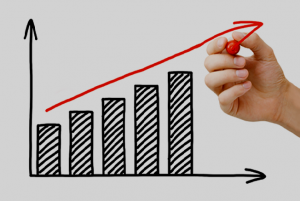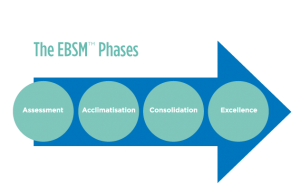
What is Benchmarking?
By definition, Benchmarking is: “A measurement of the quality of an organization’s policies, products, programs, strategies, etc., and their comparison with standard measurements, or similar measurements of its peers.”*
More and more public librarians are using Benchmarking to introduce the processes that are working well in peer libraries to improve performance and enhance patron satisfaction at their own library.
Why Benchmark?
Introducing Benchmarking as a practice at your library will help with:
- Setting targets – Create manageable goals by establishing the performance results to be expected from a library like your one.
- Defining strategy – Identify your library’s strengths and weaknesses and identify opportunities for improvement.
Over time, Benchmarking will help to refine processes and improve performance.
How to Benchmark?
We suggest following these 3 steps to implement Benchmarking successfully:
- Select areas to Benchmark: Any quantifiable process or result can be selected to compare with results at other libraries for example circulation, turnover, collection development, supply of popular authors, and much more. collectionHQ’s Performance tools provide the perfect basis for identifying the areas to benchmark by revealing trends of where your performance is improving and where your results are more stagnant. Any areas with notable trends are good contenders for benchmarking.
- Identify how you will access information on Peer Data & Processes: Once you have defined what you want to benchmark, it is time for the information gathering part of the process. At this point you must identify how you will gain access to peer data and processes. Once you have established your source of information and data has been gathered, you can use your findings to benchmark your library’s performance against others and identify areas for improvement. collectionHQ’s Discovery tool provides the ability to benchmark your supply of popular items on a title, author, subject and genre level against hundreds of other libraries on a local, regional and national scale. And that’s not all. Once you have recognized the high performing titles at peer libraries, you will then have the option to take direct action and purchase copies of those titles either to meet an unidentified demand at your library or to introduce your patrons to undiscovered hot titles.
- Adopt an improvements driven methodology:The 4 phases of EBSM can be applied to improve your collection in line with your benchmarks:
- Assessment: Take stock of the information gathered throughout the first two stages of your Benchmarking process and set targets and dates for improvement.
- Acclimatisation: EBSM Methodology helps librarians to figure out what processes work well based on evidence. Use this evidence to fine tune the processes you have picked up from other libraries, until you get to a workflow that meets your library’s needs.
- Consolidation: The longest phase where the EBSM methodology is being used consistently to work towards the targets set out by Benchmarking. At this stage you should begin to notice gradual signs of improvement.
- Excellence: Use evidence of what worked well in the initial EBSM stages to make continued improvements until you reach the Excellence phase.
So now that you understand the benefits and how to roll out benchmarking, what will you benchmark first?
